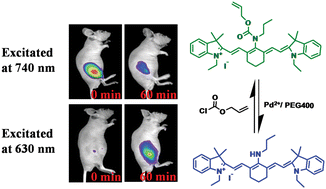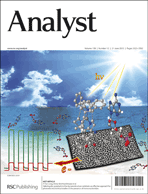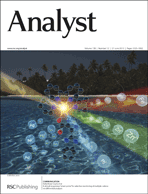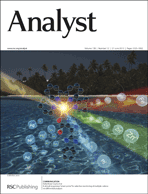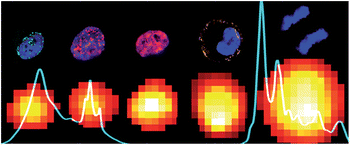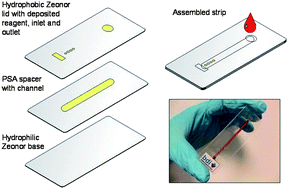Check out our latest HOT articles just published in Analyst! They are all free for you to read until July 8th. Enjoy!
Electrochemiluminescent polymer films with a suitable redox “turn-off” absorbance window for remote selective sensing of Hg2+
Qinghai Shu, Catherine Adam, Neso Sojic and Michael Schmittel
Analyst, 2013, Advance Article
DOI: 10.1039/C3AN00545C
A novel LTCC electrochemical cell construction and characterization: a detection compartment for portable devices
Naira Canevarolo Pesquero, Mário Ricardo Gongora-Rubio and Hideko Yamanaka
Analyst, 2013, Advance Article
DOI: 10.1039/C3AN00648D
A rapid, topographical platelet activation assay
R. Woolley, Ú. Prendergast, B. Jose, D. Kenny and C. McDonagh
Analyst, 2013, Advance Article
DOI: 10.1039/C3AN00046J
Exploring the origins of the apparent “electrocatalytic” oxidation of kojic acid at graphene modified electrodes
Luiz C. S. Figueiredo-Filho, Dale A. C. Brownson, Orlando Fatibello-Filho and Craig E. Banks
Analyst, 2013, Advance Article
DOI: 10.1039/C3AN00856H
An iTRAQ based quantitative proteomic strategy to explore novel secreted proteins in metastatic hepatocellular carcinoma cell lines
Yanyan Yu, Xiuwen Pan, Ying Ding, Xiaohui Liu, Hailin Tang, Chengpin Shen, Huali Shen and Pengyuan Yang
Analyst, 2013, Advance Article
DOI: 10.1039/C3AN00517H
Synchrotron Fourier transform infrared (FTIR) analysis of single living cells progressing through the cell cycle
Donna R. Whelan, Keith R. Bambery, Ljiljana Puskar, Don McNaughton and Bayden R. Wood
Analyst, 2013,138, 3891-3899
DOI: 10.1039/C3AN00316G











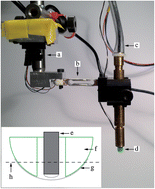
 Do you know how chemical scientists can tackle global challenges in Human Health? If so, the RSC is running a one minute video competition this summer for young researchers such as PhD and Post-doc students; get involved and innovate the way scientists share their research. Your video should communicate your own personal research or an area of research that interests you, highlighting its significance and impact to Human Health.
Do you know how chemical scientists can tackle global challenges in Human Health? If so, the RSC is running a one minute video competition this summer for young researchers such as PhD and Post-doc students; get involved and innovate the way scientists share their research. Your video should communicate your own personal research or an area of research that interests you, highlighting its significance and impact to Human Health.